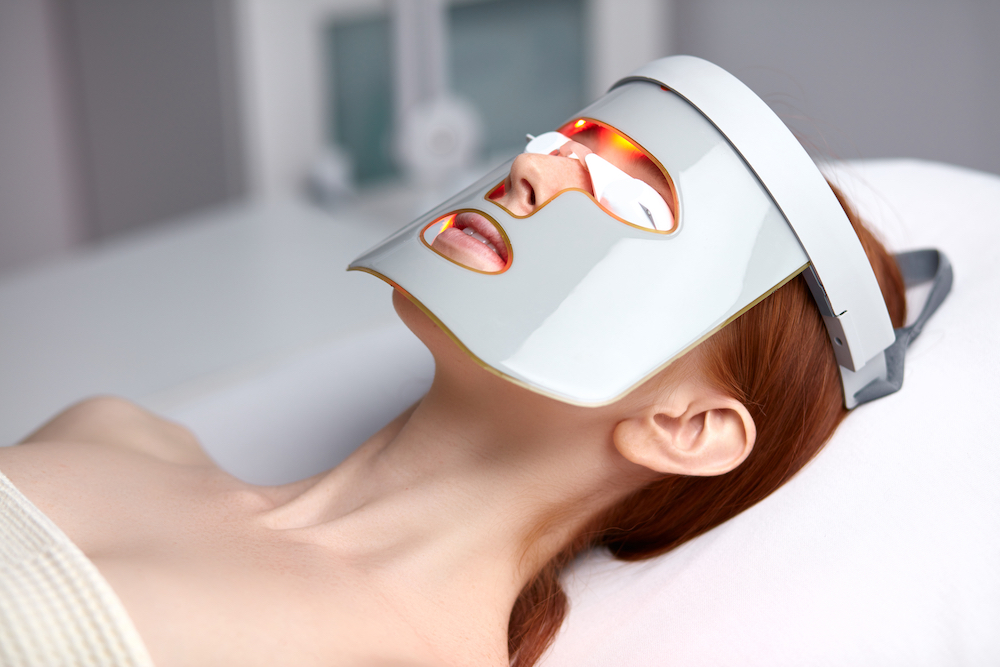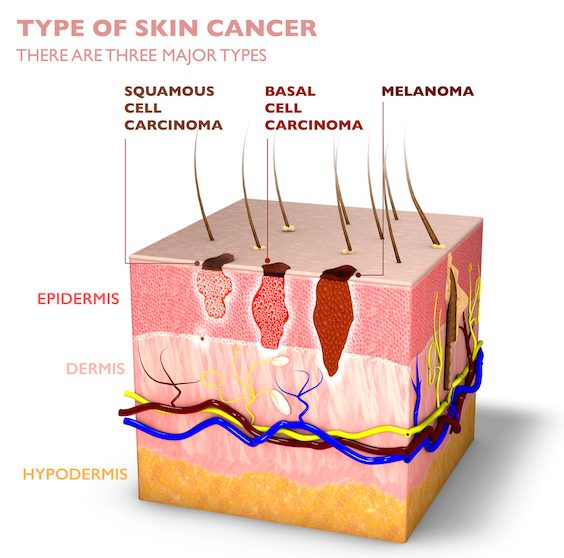Florida is a sun-bather’s paradise with an abundance of sunny days throughout the year. The sun and surf create an enticing environment for all ages. However, chronic, long-term exposure to the sun can also lead to dangerous consequences for our skin.

Actinic keratosis, also known as solar keratosis, is a precancerous lesion of the outer layer of the skin (epidermis) that is caused by long-term exposure to natural sunlight. Chronic sun exposure damages the epidermis leading to the development of red, rough, tender lesions that are typically found on sun exposed areas of the face, scalp, lips, neck, hands, arms, chest and upper back. People with fair-skin, light eyes and light hair are at greatest risk of developing actinic keratoses. Individuals with diminished immune systems, either by chemotherapy or organ transplants are at particularly high risk of developing actinic keratoses.
Approximately 10-15% of actinic keratoses will develop into a Squamous Cell Carcinoma skin cancer if not affectively treated. Fortunately, there are many treatment options that can be used depending on how conservative or aggressive the patient wants to be. The most common treatment is the use of liquid nitrogen, an extremely cold substance, that is sprayed directly onto the individual actinic keratosis, causing pain, redness and a blister that heals in seven to 10 days.
The immune modulating creams (5-Fluoroacuracil, imiquimod, Ingenol Mebutate, and Diclofenac) are quite effective but typically cause significant redness, scaling and swelling for two to three weeks.
Photodynamic therapy (PDT) is a newer treatment that involves a photosensitizing agent that is stimulated by a specific light source and has proven to be an innovative approach to treating large numbers of actinic keratoses with minimal downtime.

This approach involves the application of the photosensitizing agent Ameluz (aminolevulinic acid hydro- chloride) on the areas to be treated. The product is left on the skin and allowed to incubate for 90 minutes. Then the treatment area is exposed to the BF-RhodoLED high efficiency lamp for 10 minutes. The BF-RhodoLED emits a red light at a specific wave-length that stimulates the Ameluz gel that has been selectively absorbed by thy sun damaged skin cells.
The stimulated Ameluz gel creates an inflammatory response that leads to destruction of the actinic keratoses. The patient experiences some pain and burning during the 10 minutes, but a built-in fan makes the treatment bearable. Sunscreen is applied immediately upon completing the session and redness, scaling, and sensitivity to the sun persists for five to seven days. The shorter healing time is preferred to the two to three weeks it takes to heal from the topical immune modulating agents.
Treatment Options
Given the pain caused by the liquid nitrogen, large numbers of actinic keratoses are best treated by the use of topical immune modulating creams or a by a unique form of phototherapy cause photodynamic therapy.


Dr. Anthony Porter
Anthony Porter, M.D., F.A.A.D., received his medical degree and completed a formal dermatology residency at the Medical University of South Carolina. With offices in Melbourne and Suntree, Dr. Porter is board certified in dermatology and has practiced in Melbourne since 2006. For more information, call (321) 308-0659 or visit online at www.porterderm.com.




